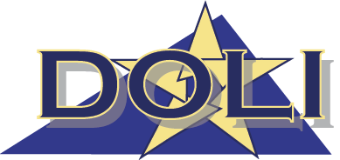ORM REGULATORY MODERNIZATION HIGHLIGHTS

This week’s version of the Regulatory Modernization Highlights features the work of two agencies that took a careful look at the status quo and decided there was a better way to do things. Regulation doesn’t have to be a barrier to innovation when agencies are willing to adapt to changing conditions, as this week’s featured actions show.
 Department of Energy removes regulatory requirements from a guidance document.
Department of Energy removes regulatory requirements from a guidance document.
Guidance documents help explain how to comply with regulatory requirements. By law, they cannot impose requirements that do not appear in either a regulation or a statute. But guidance documents often say that regulated parties “shall” or “must” do certain things, which creates confusion for regulated parties.
The Department of Energy recently took a careful look at one of its longest guidance documents, the Mineral Mine Operator’s Manual, and determined that it contained over 100 unique requirements. The Department rephrased and removed provisions which included mandatory language. It also managed to cut the length of the document by almost a third.
It will now be much easier for regulated parties to tell the difference between true requirements, which appear in the regulations, and recommended approaches, which appear in the guidance document.
 DOLI grants a variance for tunnel boring projects.
DOLI grants a variance for tunnel boring projects.
Good regulations involve a tradeoff between adopting clear and consistent rules and maintaining sufficient flexibility to allow for new or innovative approaches. One way agencies can achieve this balance is by granting variances, which allow regulated parties to take a different approach if they can show that it still preserves public health and safety.
The Department of Labor and Industry (DOLI) recently gave a variance to two companies doing tunnel boring work in the Norfolk area. DOLI determined that operating the boring machines in a pressurized environment, which both companies agreed to do, would ensure that the work could be conducted at least as safely as would be the case if it complied with the letter of the applicable regulations.
This approach will ensure that boring workers are fully protected but will prove much less costly for the boring companies. The two projects collectively represent over $4.5 billion and will bring enormous value to the residents of the Norfolk-Virginia Beach metro. Businesses, workers, and the general public all win when agencies are willing to take an open-minded approach to the regulatory process.
Download ORM Highlights: Early-April 2025.